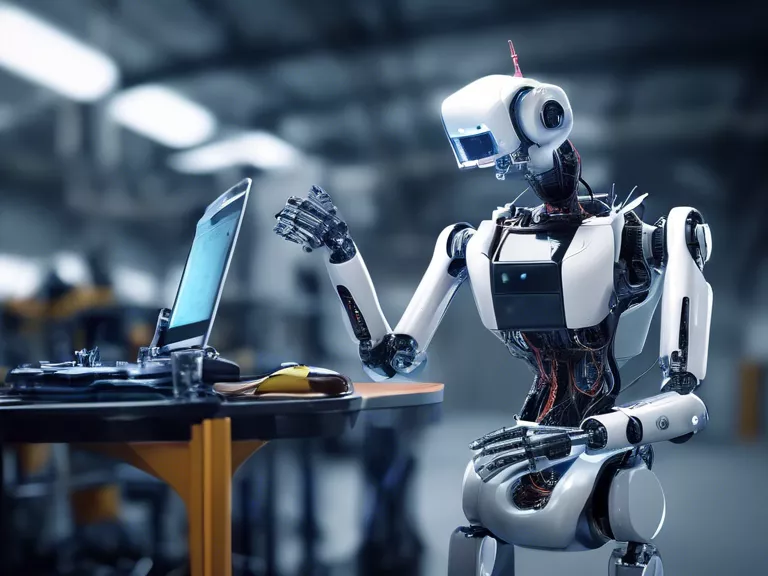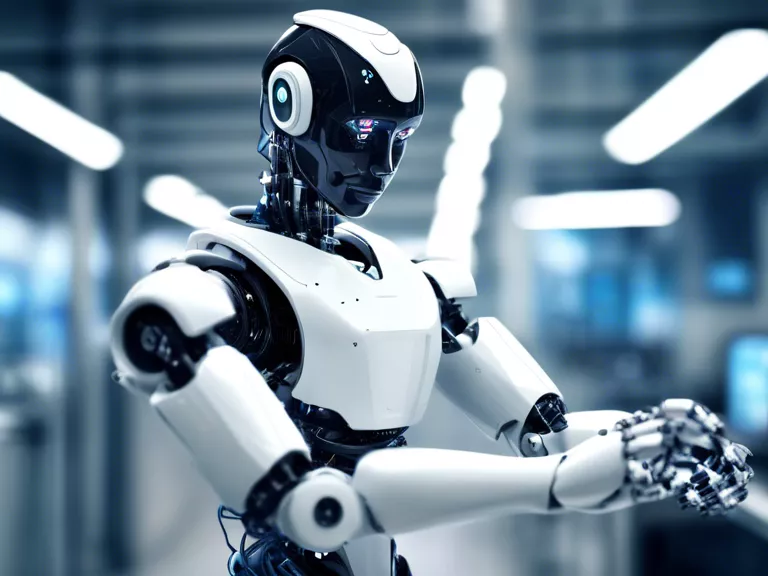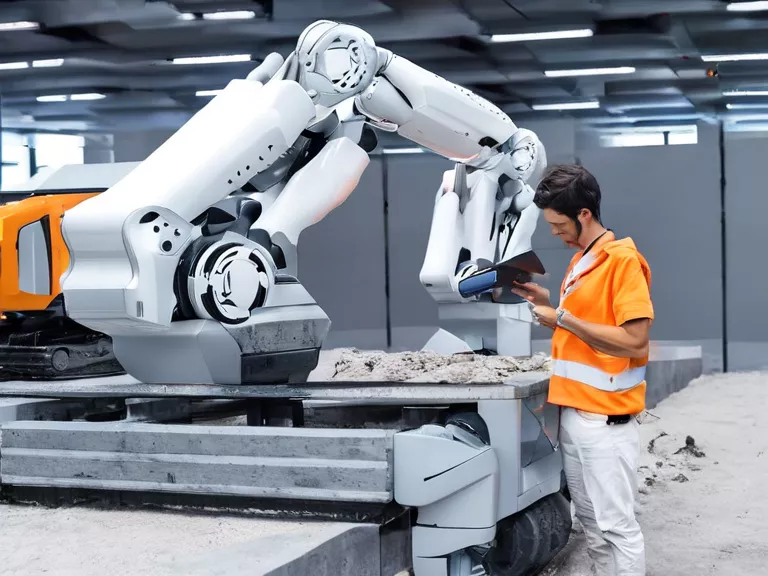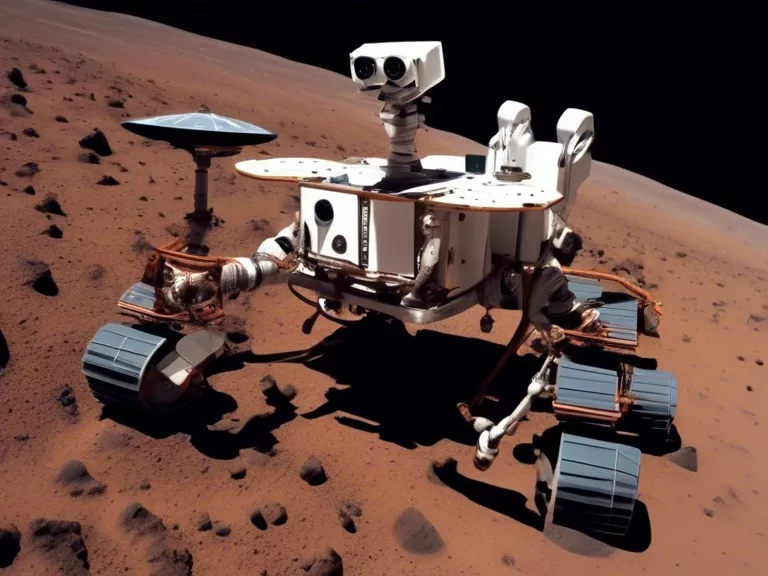
Introduction
Robotics technology has advanced significantly in recent years, with robots being used in various industries to improve efficiency and productivity. Advanced robotics systems are equipped with cutting-edge technologies that allow them to perform complex tasks with precision and speed. In this article, we will discuss proven strategies for maximizing the efficiency of advanced robotics systems.
Automation and Integration
One of the key strategies for improving efficiency with advanced robotics is automation and integration. By automating repetitive tasks that were previously done manually, robots can significantly increase productivity and free up human workers to focus on more complex and strategic activities. Integrating robotics systems with existing equipment and processes also helps streamline operations and reduce downtime.
Data-driven Decision Making
Another important aspect of maximizing efficiency with advanced robotics is data-driven decision making. By collecting and analyzing data from robotic sensors and other sources, organizations can gain valuable insights into their operations and identify areas for improvement. This data can be used to optimize robot performance, predict maintenance needs, and make informed decisions to increase overall efficiency.
Continuous Learning and Adaptation
Advanced robotics systems are equipped with machine learning and artificial intelligence capabilities that enable them to continuously learn and adapt to changing conditions. By leveraging these technologies, robots can improve their performance over time, optimize their movements, and adjust their processes to maximize efficiency. Continuous learning and adaptation allow robots to become more flexible and responsive to dynamic environments, leading to increased productivity.
Remote Monitoring and Control
Remote monitoring and control capabilities are essential for ensuring the efficiency of advanced robotics systems. By enabling operators to monitor robots in real-time and make adjustments as needed, organizations can prevent downtime, troubleshoot issues quickly, and optimize performance remotely. Remote monitoring and control also allow for predictive maintenance, reducing the risk of unexpected breakdowns and ensuring continuous operation.
Collaborative Robotics
Collaborative robotics, also known as cobots, are designed to work alongside humans in a shared workspace. These robots can enhance efficiency by performing tasks that require precision and strength, while humans focus on more complex activities. By integrating collaborative robots into workflows, organizations can improve productivity, enhance worker safety, and achieve a higher level of efficiency in their operations.
Conclusion
Advanced robotics systems offer immense potential for improving efficiency in various industries. By implementing strategies such as automation and integration, data-driven decision making, continuous learning and adaptation, remote monitoring and control, and collaborative robotics, organizations can maximize the benefits of robotic technology. By leveraging these proven strategies, businesses can enhance productivity, reduce costs, and stay competitive in today's rapidly evolving market.
Glass of Win
Smile to Africa Adventure
Monika Brodka
USS Oriskany
Literati2
Penny Hardaway
Designed in Finland
Refiza
Dan Rodimer
Local Savage
ATW Traveler
Marcel Theroux
Kemble Gallery
Cronk's Oakridge
El Horizontal
Em Cada Pagina
Iroko Designs
La Fonda Mexican Restaurants
Layton Bio
Nanjing Expat
Richard YT
Righting Food
Shkodra Daily
Merabsp
pfoto rzd
Esculturasy Monumentos
Warren Indiana
Jintara Fan Club
fted cruz
Khamag Mongol
Military Art Company
beavtrav
Belum Lama
Blue Rooster Food Company
DJ Vibe
eugene the brand
hennypalooza.com
hillsideornamentals.com
Komik Gratis Online
matsunoyanotsuma.com
mix4max.com
sharingourfoodadventures.com
thebestbedlinenintheworld.com
thegrayandorange.com
toronto-restaurants.com
yamato-movie.com
Scoops Ice Cream Truck
Uncover Studios
Fc Lupopo
Toci Lamart


